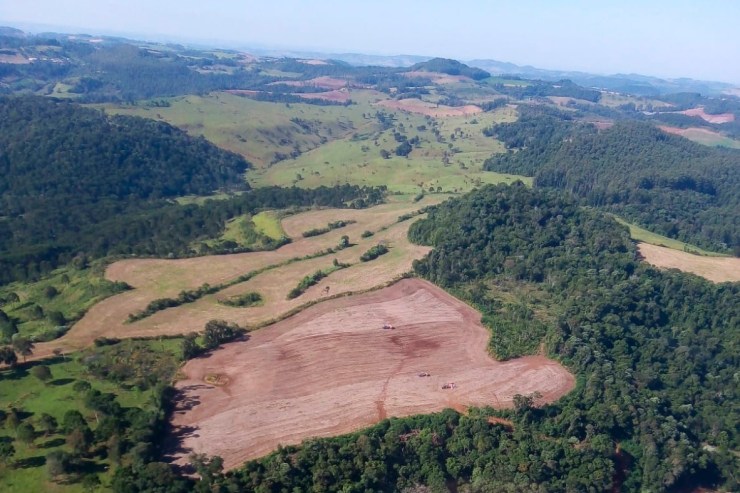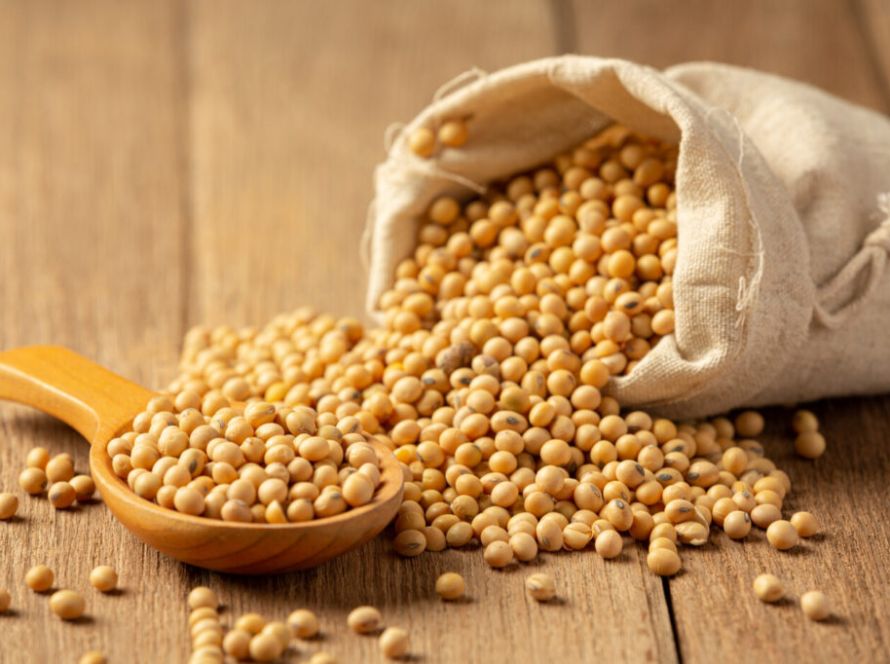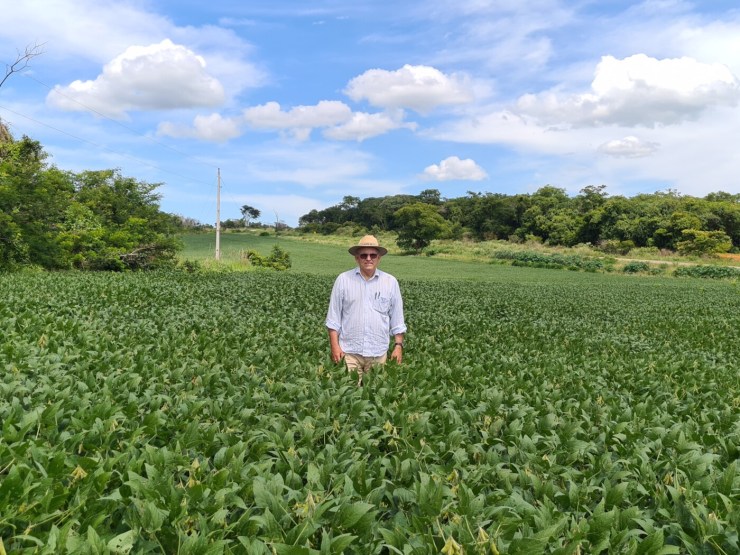The decision by the General Superintendence of the Administrative Council for Economic Defense (CADE) to suspend the Soy Moratorium, announced on Monday (18), raised alarm bells among experts and environmental organizations. The end of the 2006 agreement, which prohibited the purchase and financing of soybeans produced in areas deforested in the Amazon after August 2008, is seen as a setback that could increase deforestation and compromise the security of the global commodities market.

Photo: Marcelo Camargo/Agencia Brasil
According to a survey by Agrosatellite, 124 municipalities fall within the Moratorium's coverage area, accounting for 98% of soybeans cultivated in the Amazon in the 2022/23 harvest. For the Amazon Environmental Research Institute (IPAM), the results of the commitment demonstrate that conservation and production go hand in hand. "In 16 years, the Moratorium has helped reduce deforestation in the Amazon while simultaneously increasing soybean production. Launching this effort on the ground is betting on insecurity for the market itself and for Brazilian exports," assesses Gabriela Savian, IPAM's Director of Public Policies.
The numbers confirm the impact: before the Moratorium (2002–2008), the average annual deforestation in the monitored municipalities was 11,424 km². In the following period (2009–2022), it fell 69%, to 3,526 km²/year. At the same time, production increased. The soybean cultivated area in the Amazon grew 4.5-fold, from 1.64 million hectares to 7.28 million hectares, and the 2022/23 harvest saw a 15.9% increase in productivity compared to the previous cycle.
Brazil's largest soybean producer, the state of Mato Grosso, is the epicenter of production, with 26% of area

Photos: Disclosure/OPR Archive
planted nationally, 65 of the municipalities monitored by the Moratorium are in Mato Grosso. In 2024 alone, the sector generated more than $52 billion in exports.
For Ane Alencar, IPAM's Director of Science, the decision ignores a fundamental point: without forests, there can be no sustainable production. "The Amazon and Cerrado are strategic for agriculture because they guarantee water. Without forests, there's no rain, and without rain, there's no soybeans. The immediate gains from expansion into forested areas can turn into lasting losses," she warns.





